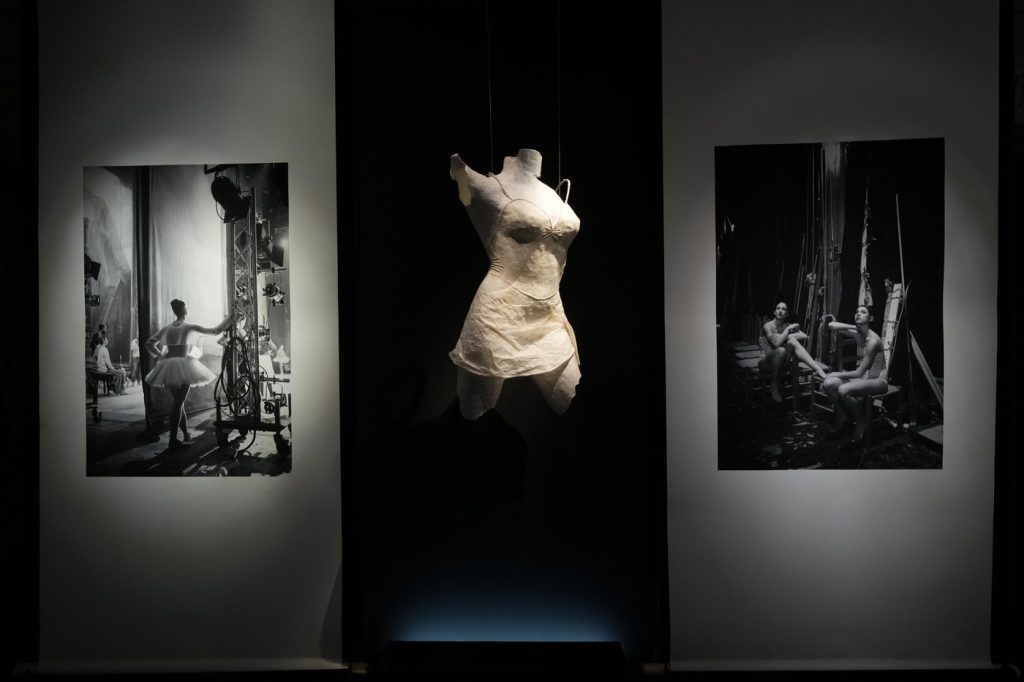MILAN (AP) - Renowned photographer Gérard Uféras has been granted unprecedented access to the backstage world of the La Scala ballet corps over a span of six years. This unique opportunity has culminated in a profound series of emotional and candid portraits displayed in a new exhibition at the La Scala theatre's museum, as well as a soon-to-be-published book. The exhibit titled "The Hidden Gaze, Dance Behind the Curtain" focuses on the behind-the-scenes life of ballet dancers, illustrating that ballet has been an integral part of La Scala's mission since its opening performance in 1778.
On Tuesday, the general manager of the opera house, Dominique Meyer, acknowledged the rarity of an exhibition dedicated to ballet within a venue primarily known for opera. The exhibition features a timeline in its first room that chronicles the theatre's history, highlighting its inaugural performance of Antonio Salieri's "L'Europa riconosciuta," which included two ballet pieces on August 3, 1778. This historical reference underscores the long-standing connection between ballet and La Scala.
Manuel Legris, the head of La Scala's ballet corps, emphasized the creative freedom he provided Uféras, encouraging him to explore backstage and rehearsal areas for "special moments." The resulting photographs capture personal and intimate moments, such as star principal dancer Nicoletta Manni sharing a touching embrace with her husband, fellow principal dancer Timofej Andrijashenko. Her expression of complete surrender after a performance reflects the raw emotions of a dancer's life. One of the standout photographs features a young ballerina donning a white tutu, peeking from behind the curtain, reminiscent of the style of French impressionist Edgar Degas.
The exhibition showcases a variety of dancers in vulnerable states—some are shown collapsed on the floor backstage with legs sprawled, while others are illuminated from above the stage lights, conveying the physical and emotional toll of their profession. Legris complimented Uféras on capturing the essence of their art, stating that his work vividly brings their craft to life. This powerful representation of dance transcends mere performance, revealing the behind-the-scenes reality.
In a creative blend of visual art forms, the photographs, presented in both black and white and color, are complemented by white paper sculptures of ballet costumes created by artist Caterina Crepax. These intricate sculptures range from the flowing skirts of the Romantic era to modern, shorter designs. One notable piece, a dragonfly-inspired ballet dress, pays tribute to the late Carla Fracci, a celebrated star and principal dancer associated with La Scala.
The exhibition will be open to the public at the Teatro alla Scala's museum from Wednesday until September 14. Alongside the exhibition, the corresponding book will be released later this month, providing a comprehensive look into this artistic exploration. The event and the exhibition highlight the importance of ballet within the broader context of the performing arts, reaffirming its place in the storied history of La Scala Opera House.










